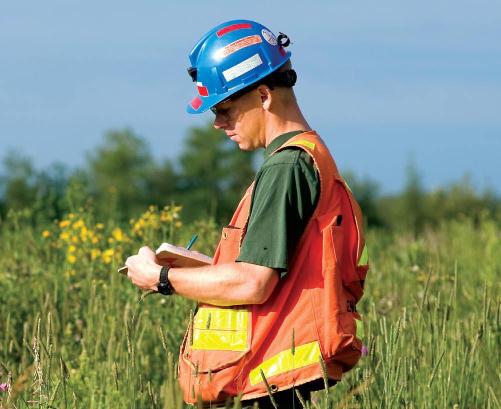Established in 1980, Northern Ontario Business provides Canadians and international investors with relevant, current and insightful editorial content and business news information about Ontario’s vibrant and resource-rich North.
Dave Robinson is an economist with the Institute for Northern Ontario Research and Development at Laurentian University. drobinson@laurentian.ca His column was published in the March, 2011 issue.
The straw that breaks the camel’s back is always a surprise. It is always a surprise when the worm turns.
It was a surprise when a popular insurrection began in Egypt, even though we all knew that change had to come some day. It is not a surprise that Northern Development, Mines and Forestry Minister Michael Gravelle has backed away from reform in the forest sector.
It is always hard figure out when the camel’s back is going to break or when the worm will turn. A whole new science has developed to help us think about sudden changes in eco-systems and politics. The science of change isn’t very encouraging when we apply it to Northern Ontario.
Resiliency theory is a branch of “dynamic systems analysis.” It is full of simple ideas dressed up for school. There are wonderfully weird terms like “state attractors,” “catastrophe folds,” and “metastable states,” “torus destruction” and “homoclinic bifurcations”.























